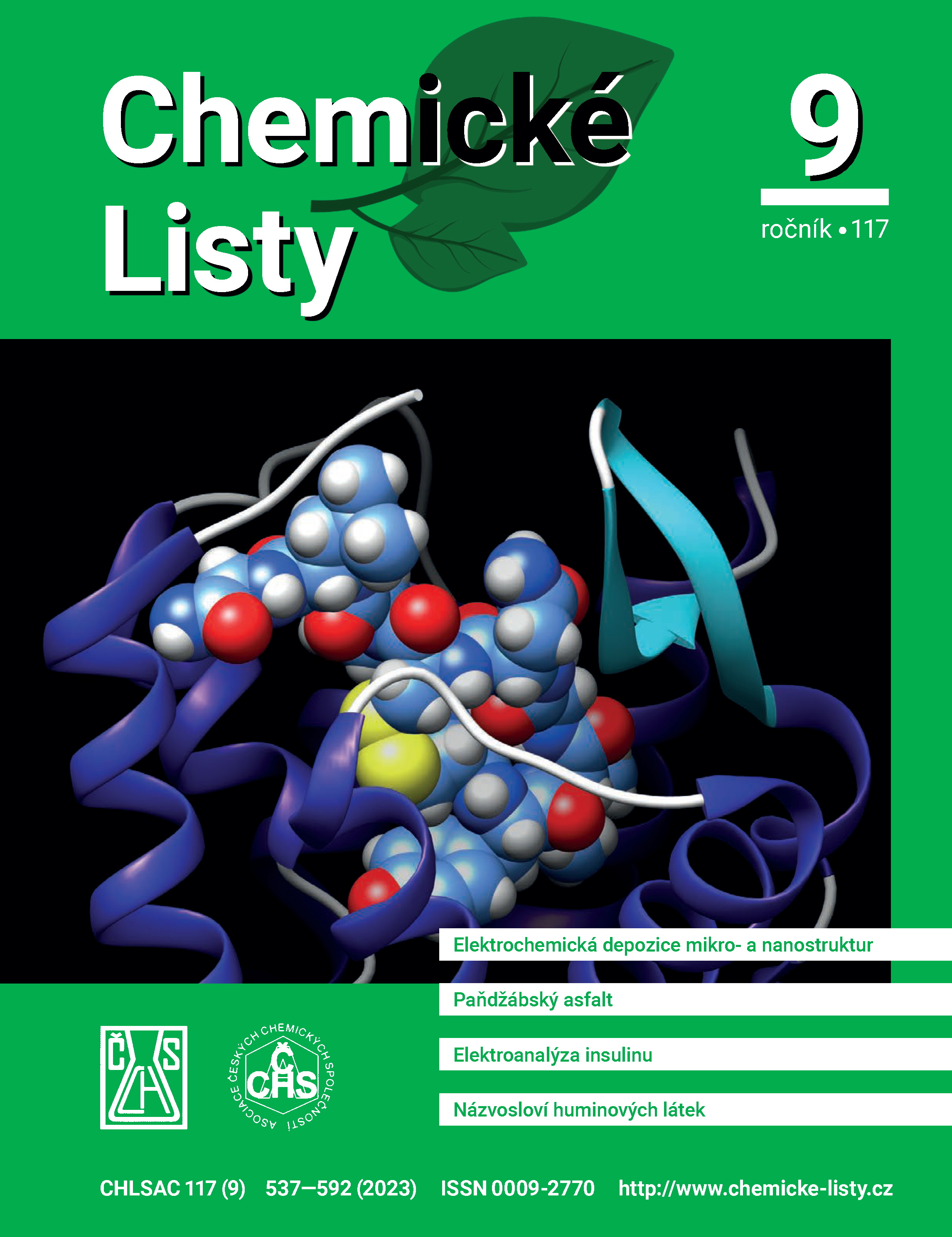Electrochemical Deposition of Micro- and Nanostructures of Any Shape
DOI:
https://doi.org/10.54779/chl20230539Keywords:
3D printing, micro- and nanostructures, electrodeposition, additive preparation, MCEDAbstract
Meniscus-confined electrochemical deposition (MCED) is a promising method for the fabrication of micro- and nanostructures with high precision and resolution. The success of MCED depends on the optimization of several parameters, including duty cycle, voltage, frequency, electrolyte concentration, anode movement speed, anode shape, electrolyte circulation, and additives. Porosity, structure, hardness, yield strength, and composition are the critical factors that determine the quality of deposited structures. This article summarizes the effects of various factors on the outcome of the MCED process, which involves controlled deposition of voxels to create an object. Optimizing these parameters can lead to high-quality structures with good resolution and size. The article points out the relationship between these factors and the resulting properties of the deposited object, which may be useful for future research in this area. It also points to different types of approaches for the preparation of these structures through electrochemical additive manufacturing (ECAM) and its detailed mechanism.





